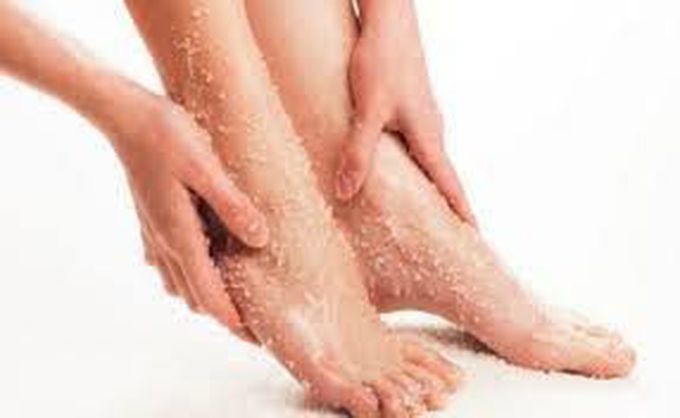


Treatment of anhidrosis
Anhidrosis, or the inability to sweat normally, requires treatment focused on addressing the underlying cause and preventing heat-related illnesses. Treatment options range from managing the underlying condition (like treating a tumor causing anhidrosis) to lifestyle changes like staying cool, hydrated, and avoiding triggers. Treatment Strategies: Treat the Underlying Cause: If anhidrosis is caused by a specific condition, like a tumor, medication side effect, or genetic disorder, the primary focus is treating that underlying condition. Lifestyle Modifications: Avoid Heat: Minimize exposure to hot environments, strenuous physical activity, and direct sunlight. Stay Cool: Seek air-conditioned environments, wear loose-fitting, light-colored clothing, and use cool showers or baths. Hydration: Drink plenty of fluids, especially water, to stay hydrated. Cooling Measures: Use cool compresses, spray bottles with water, or insulated vests with gel packs for cooling relief. Medications: In some cases, medications like corticosteroids or local anesthetics may be used to address anhidrosis. Home Remedies: Exfoliation: Gentle exfoliation can help clear clogged sweat ducts. Cooling Measures: Apply cool compresses to areas like the neck, armpits, or groin. Managing Complications: If anhidrosis leads to heat stroke or other heat-related illnesses, immediate medical attention and cooling measures are crucial. Important Considerations: Severity: Anhidrosis affecting a small area may not require treatment, while large areas can be life-threatening. Consult a Doctor: It's crucial to consult with a healthcare professional for diagnosis and to determine the most appropriate treatment plan. Heat Stroke Risk: Individuals with anhidrosis are at higher risk of heat stroke, so preventative measures are essential.

